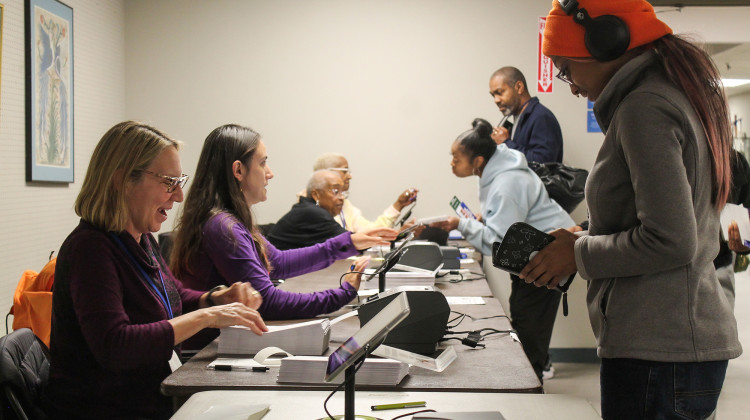A tiny satellite designed and built by students at the University of Southern Indiana has reached a major milestone. The satellite, named UNITE CubeSat, recently celebrated 100 days in Earth’s orbit.
It’s an honor few universities can claim. Less than half of these academic satellites last even two months in orbit, according to USI.
UNITE CubeSat is small, only a couple feet long. Glen Kissel, an associate engineering professor at USI and the team's faculty advisor, says he's encouraged that the satellite has lasted this long.
"In Earth orbit, first of all there’s a vacuum," Kissel explains. "That’s the first thing it has to be able to tolerate and second, there are large temperature swings, from about 100 degrees Fahrenheit to...minus 75 degrees Fahrenheit."
The satellite deployed from the International Space Station at the end of January. Since then, it’s collected temperature data as it orbits the earth.
USI senior Nathan Kalsch says the team didn't have much temperature data when it began to build UNITE CubeSat.
"We're using ours to get a better idea of what kind of temperature fluctuations we can see, improving our model for other teams to use so they have a better idea...of what their satellite needs to withstand," he says.
The satellite’s main mission starts early next year, when it will begin taking measurements in the lower ionosphere, one of the least studied layers of the atmosphere.
 DONATE
DONATE








 Support WFYI. We can't do it without you.
Support WFYI. We can't do it without you.